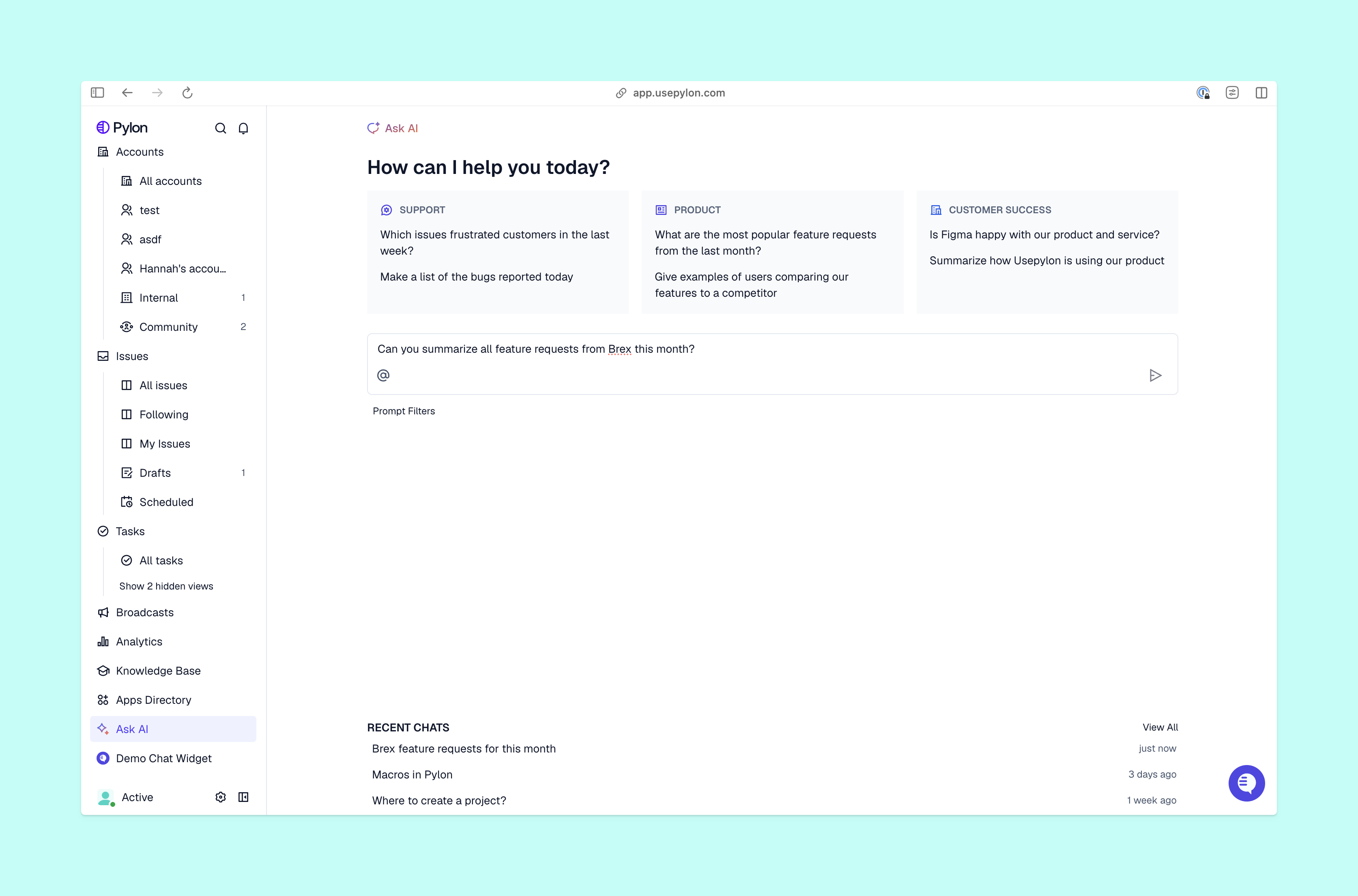How to Reduce Time to Resolution and Boost Customer Satisfaction
Learn about the time to resolution metric: what it means and why it matters. Plus, find best practices to improve efficiency and customer satisfaction.
The customer support experience can be tiring for everyone involved. Ticket resolution often drags on for longer than it should, and work stalls while teams wait to hear from each other. Meanwhile, customers are left waiting anxiously. By the time issues are closed, their patience has worn thin.
This grind wears down your support team and puts customer trust at risk. Time to resolution (TTR), or the speed at which you solve a customer’s problem, can make the difference between a loyal advocate and a churned customer. For support managers leading growing teams, TTR is also a way to see if internal operations and tools are working as they should.
The following guide takes a closer look at TTR: why it matters, how to measure it, and the practical steps teams can take to bring resolution times down.
What Time to Resolution Measures
TTR tracks how long it takes to fully solve an issue, from the minute a ticket is opened until it’s marked as resolved. Unlike customer support metrics that only capture the first reply or acknowledgement, TTR reflects the full timeframe of seeing a ticket through to closure.
For support teams, this metric gives you a window into how efficiently problems are handled. For customers, a short TTR means less waiting, fewer interactions, and more confidence in the service they’re getting.
TTR is most often used in SaaS customer support, but the concept applies more broadly too. Whether the task in question is restoring a downed system, handling a shipping problem, answering a product question, or fixing a billing error, the principle is the same. The faster a request is handled, the better the experience is for all parties.
Why Time to Resolution Is an Important Support KPI

Tracking TTR shows leaders how the support team is performing. Shorter resolution times tend to boost customer satisfaction, because they mean less uncertainty for customers and problems getting addressed more quickly.
On the company’s side, faster resolutions reduce ticket backlogs and free up team members for higher-value conversations. This reduces the costs associated with frequent follow-ups, and the time saved makes it much easier to scale B2B support for long-term customer success.
Measuring TTR regularly can also uncover process gaps. Long average resolution times might mean inefficient routing, lack of training, missing documentation, or poor communication. By monitoring this metric over time, you can figure out whether new workflows or staffing decisions actually make a difference in overall performance.
Plus, especially in crowded markets, customer support quality can be a deciding factor between you and your competition. Companies that close tickets faster create experiences that encourage renewals and referrals, supporting growth over time.
How to Calculate Time to Resolution
The mean time to resolution formula is simple:
TTR = total time to resolve all issues ÷ number of issues resolved
For example, three tickets might be completed in four, six, and eight hours. Adding up those times (18 hours) and dividing by the number of tickets (three) gives an average TTR of six hours.
The calculation is straightforward, but its accuracy depends on whether you can gather consistent data over time. That means recording resolution times the same way for all tickets. Outliers, like requests left open for weeks due to special circumstances, should be flagged so they don’t distort the results.
Some support platforms include built-in reporting that automatically calculates TTR. Others may need you to export response times and crunch numbers in a spreadsheet or through third-party tools. Whatever the method, a clear baseline helps your team measure progress as you introduce new practices or tools.
Factors That Influence Time to Resolution
Several factors can shorten or lengthen response times, and understanding them is the first step toward making gains. The following have a significant impact:
- Team efficiency. A support team’s speed and accuracy shape resolution times. Good training is essential, as are clear rules for ticket ownership.
- Resource availability. Even the best-trained support team can’t close tickets quickly if they’re understaffed or juggling too many cases at once.
- Case complexity. Some problems are harder than others. A password reset is easy to fix, but a technical bug that requires engineering resources could take much longer.
- Communication quality. Low-quality interactions often cause delays. Simple instructions and timely updates keep tickets moving toward resolution, especially when you rely on tools like Slack for customer support to maintain fast, clear communication.
- Systems and tools. The methods you use to route tickets and track progress play a big role, and outdated workflows usually mean longer TTRs. This makes choosing which customer support tools to use even more important.
Other Key Support Metrics That Interact With TTR

No metric should be considered in isolation, and TTR is just one part of the larger customer support story. Here are a few related KPIs you may also want to track:
- Mean time to acknowledge (MTTA). MTTA measures how long it takes to respond to a customer after they open a ticket. The focus is on initial reply times rather than full resolutions.
- Mean time to resolution (MTTR). MTTR is the average TTR over a set of issues. While the meaning of MTTR is slightly different, this term is often used interchangeably with TTR in customer support.
- Mean time to repair or recover (MTTR). In reliability engineering and related fields, MTTR refers to repair or recovery times: how long it takes to restore functionality after a system failure.
Best Practices for Reducing Time to Resolution
- Setting clear benchmarks. You can define expectations for ticket handling times by using historical data and industry standards as guides.
- Uncovering root causes. When ticket resolution times increase, frequent causes include underlying issues like onboarding gaps or routing delays.
- Improving ticket routing. Tickets move faster when they’re directed efficiently, with AI-powered support systems making sure they reach the right people immediately.
- Training support teams. Regular training builds confidence and shows your team how to handle a wider range of problems, which reduces the need for escalations.
- Offering self-service options. FAQs, help centers, and AI-powered chat tools give customers fast answers and reduce ticket volumes, so your team can respond quickly to the remaining issues.
- Using AI Agents and AI Assistants. Automated AI systems can analyze ticket context, suggest replies, and respond to common customer questions — cutting hours from the process.
- Creating escalation paths. Well-defined procedures for escalation help higher-level requests move quickly to the right people.
Even a few of these practices can reduce mean time to resolution and drive lasting progress.
Improving TTR Through Omnichannel Support and AI Agents
Time to resolution is an important sign of a support team’s performance. Tracking TTR regularly gives you a glimpse into the customer experience, and it shows where you can tighten workflows and use resources more effectively — helping you save hours and improve both ticket resolution times and customer satisfaction.
Pylon is the modern B2B support platform that offers true omnichannel support across Slack, Teams, email, chat, ticket forms, and more. Our AI Agents and Assistants automate busywork and reduce response times. Plus, with Account Intelligence that unifies scattered customer signals to calculate health scores and identify churn risk, we're built for customer success at scale.












